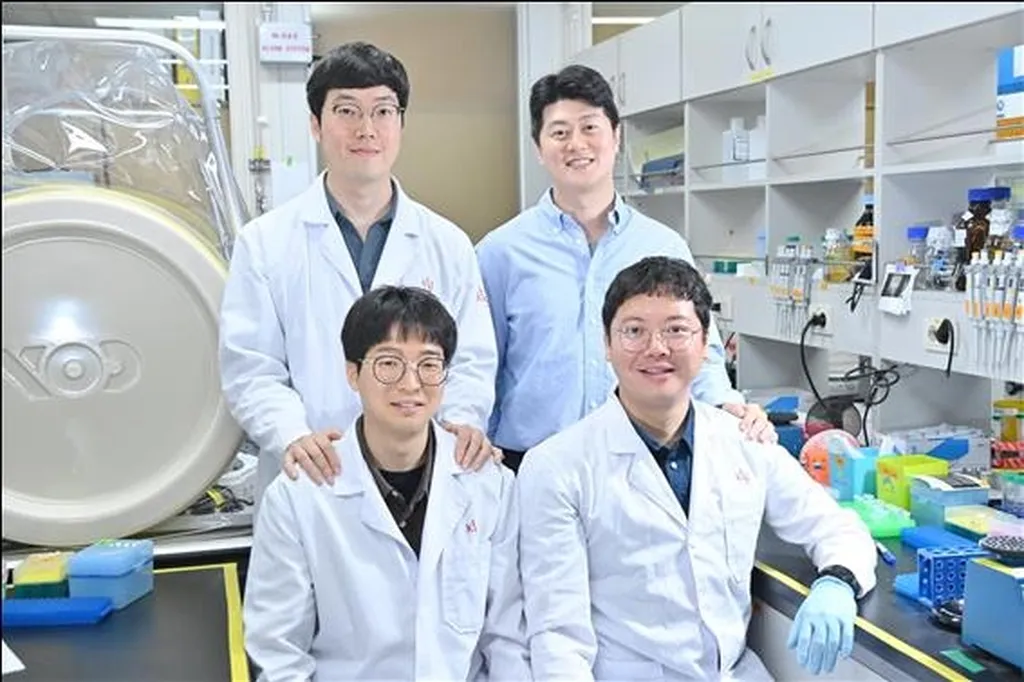In a significant stride towards advancing thermoelectric technology, researchers have identified two reference compositions for bismuth telluride (BiTe) materials, paving the way for standardized and efficient low-temperature power generation. This breakthrough, published in the journal *Science and Technology of Advanced Materials: Methods* (translated as “Methods of Advanced Materials Science and Technology”), could accelerate the adoption of thermoelectric systems in industrial, automotive, and marine applications, offering a clean, fuel-saving, and carbon-neutral energy solution.
Thermoelectric (TE) technology, which enables direct heat-to-electricity conversion, has long been touted for its potential but has faced challenges in industrialization and commercialization. The new study, led by Nirma Kumari of the Energy Conversion Research Center at the Korea Electrotechnology Research Institute (KERI) in Changwon, Republic of Korea, aims to address these challenges by establishing reliable reference materials for the BiTe system, the only TE material stable near room temperature.
“Despite nearly a century of research, the industrial adoption of TE power generation has been limited due to concerns over reproducibility, reliability, and lifetime,” Kumari explained. “Our goal was to develop reference BiTe-based thermoelectric materials through data-driven analysis, ensuring transparency and validated benchmarks to support standardization and industrial integration.”
The research team analyzed Starrydata2, the world’s largest thermoelectric database, to identify the most frequently studied ternary compositions: Bi0.46Sb1.54Te3 and Bi2Te2.7Se0.3. These compositions were synthesized using hot pressing and spark-plasma sintering, and their thermoelectric properties were evaluated with respect to the processing method and measurement direction. The results closely aligned with the median of reported data, confirming the representativeness of the selected compositions.
The study estimated the performance of a thermoelectric module made from the reference composition, yielding a power output of over 2.51 W and an efficiency of 3.58% at a temperature difference of 120 K. These findings could significantly impact the energy sector by providing standardized TE legs and modules, accelerating performance evaluation, and facilitating industrial integration.
“The use of these reference materials can support the standardization of TE legs and modules, ultimately accelerating performance evaluation and industrial integration,” Kumari noted. “This research is a crucial step towards making thermoelectric technology more accessible and reliable for various applications.”
As the energy sector continues to seek sustainable and efficient solutions, this research offers a promising path forward. By establishing reliable reference compositions and transparent data, the study not only advances the field of thermoelectric materials but also brings us closer to a future where clean, fuel-saving, and carbon-neutral energy solutions are the norm.

